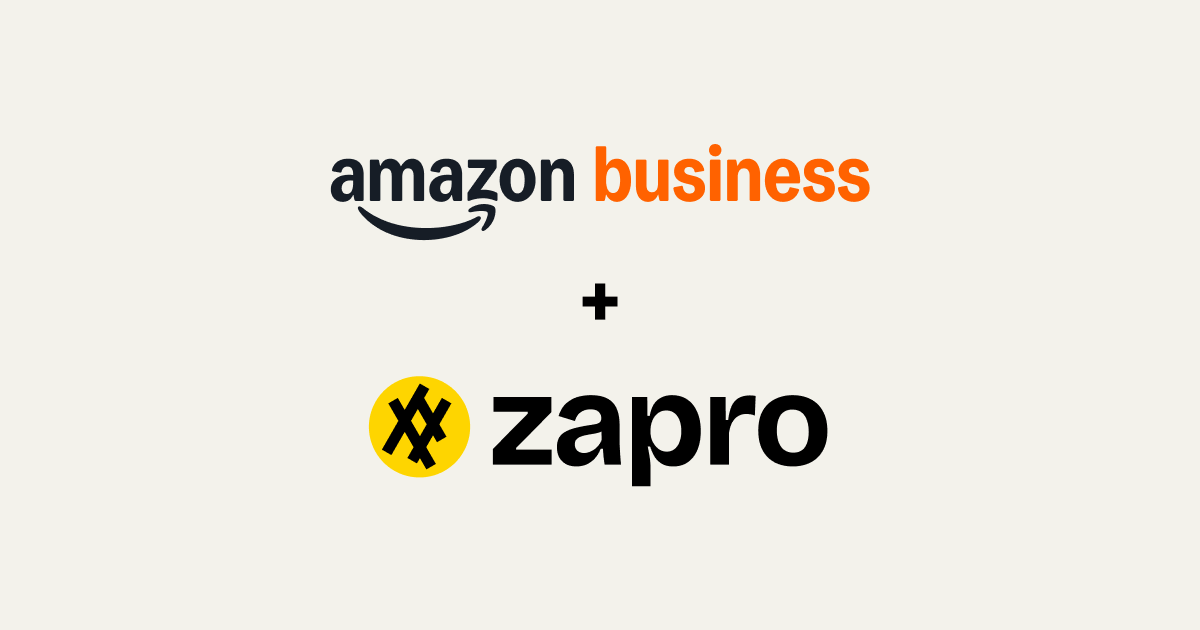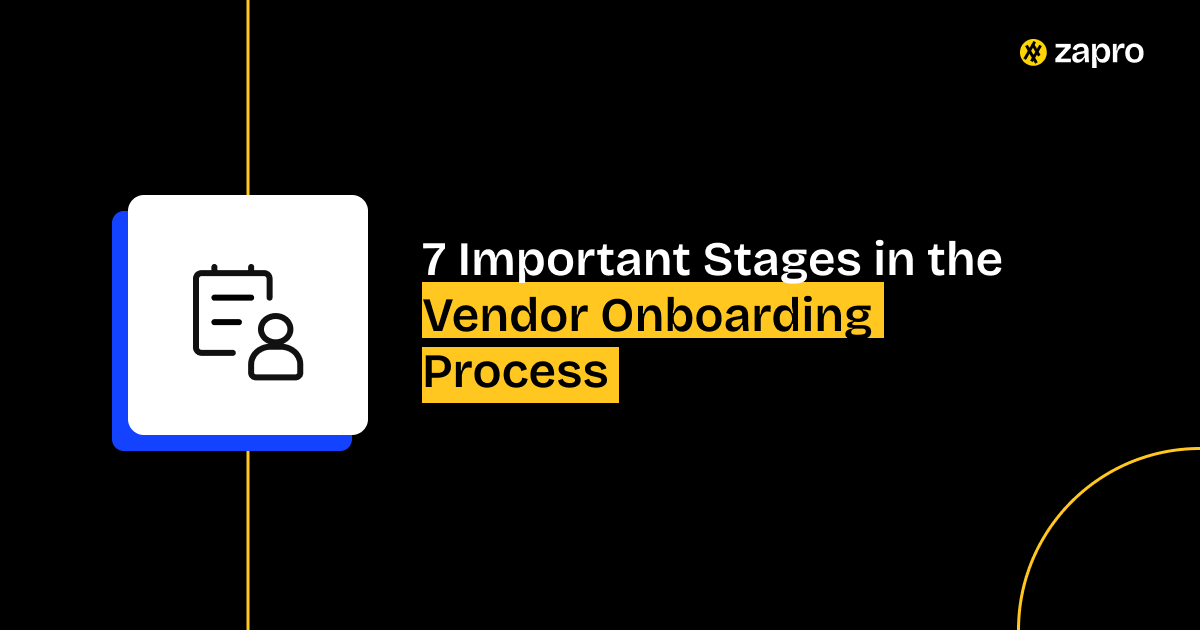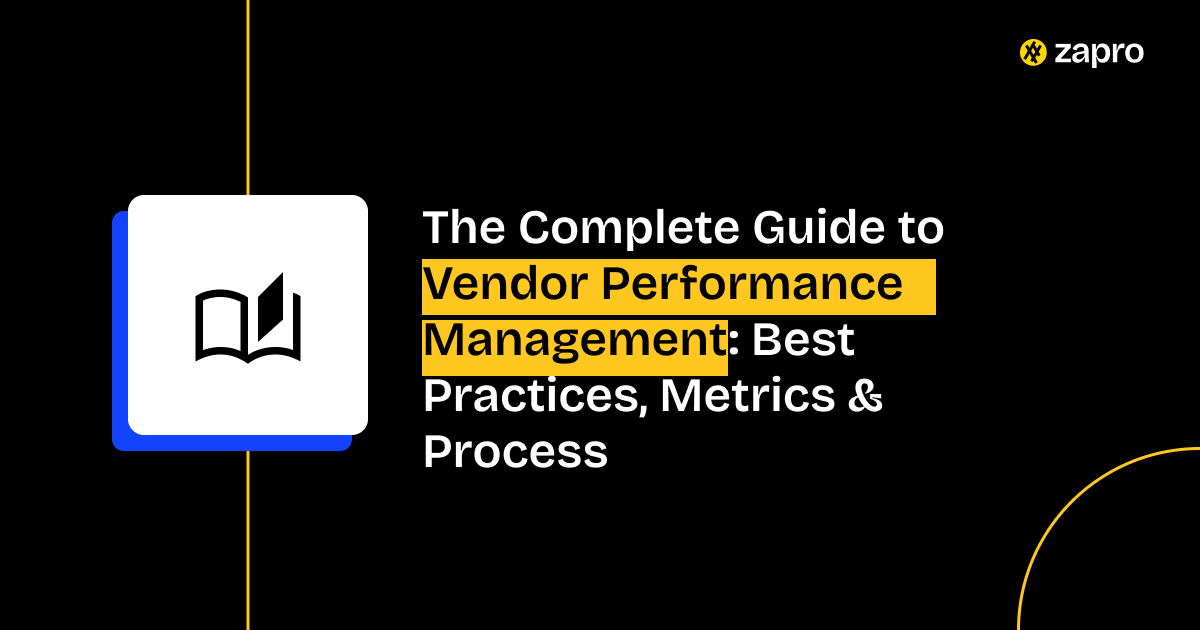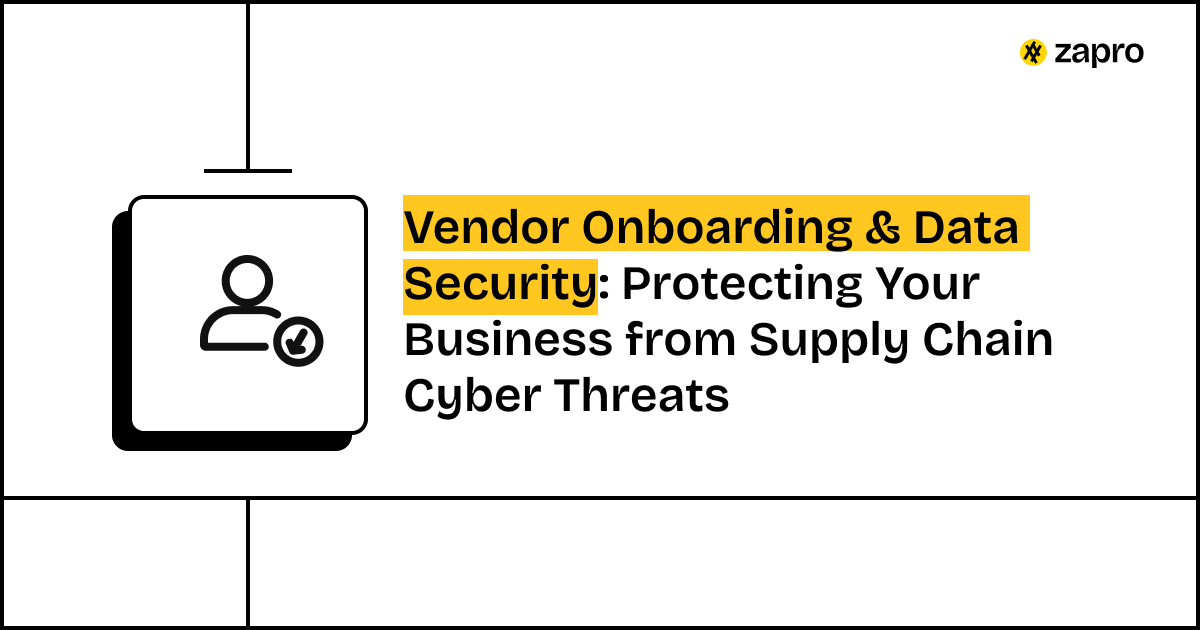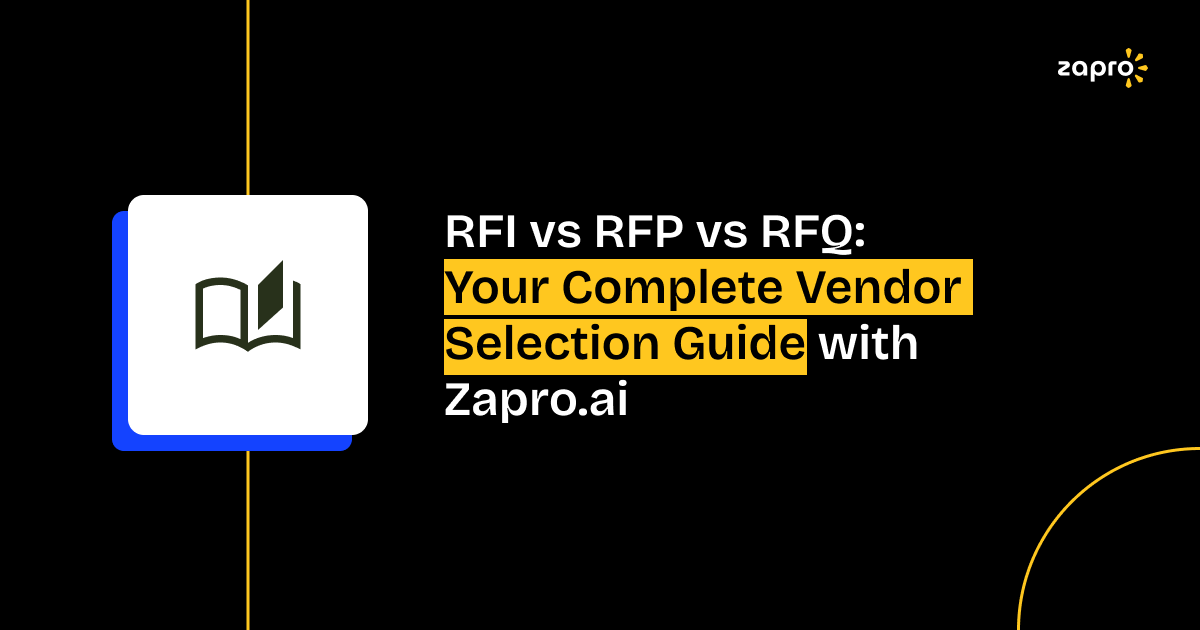What Is the Vendor Onboarding Process?
Many businesses think that the vendor onboarding process is easy by sending a contract and collecting a few details. However, in reality, the vendor onboarding process is far more complicated.
What really happens when a new vendor joins your business ecosystem?
When a business or a company brings a third-party vendor into its network, the first job is to collect the essential data, then verify the vendor’s credentials because this is going to ensure compliance. Imagine this as laying the foundation stone for a long-term business partnership. Without it, you’re walking on sand.
The Importance of Procurement and Risk Management
The perfect vendor onboarding process flow isn’t just about advanced features; it is about protecting the business and guaranteeing steady growth. With the right vendors comes the opportunity to grow, profit, and expand. Any flaw associated with choosing the right vendor leads to compliance gaps, financial instability, or cybersecurity vulnerabilities.
Having said that, it is obvious that this demands a solid onboarding process that filters those out early, helping procurement teams make smarter, safer decisions before contracts are signed.
The Difference Between Onboarding and Registration
Many identify Vendor registration and Vendor onboarding as the same. But the truth is, while Vendor registration is simply the first handshake – it collects contact and business details. On the other hand, Vendor onboarding is the relationship-building phase. It includes verification, documentation, risk assessments, and training.
In simple terms, registration marks the entry of a vendor, and onboarding makes them part of your ecosystem.
Why a Structured Vendor Onboarding Process is Critical
Small procurement inefficiencies that accumulate will damage the entire process. A business achieves control through structured vendor onboarding strategies, which transform disorganized operations into structured management systems. The following explanation demonstrates its importance.
Risk Mitigation
The process helps businesses detect financial and security risks together with compliance issues at their initial stages. The process of vendor onboarding includes complete background checks for all suppliers, which protects your organization from legal consequences and supply chain breakdowns.
Cost Savings
The implementation of automated vendor onboarding procedures decreases human mistakes and shortens the vendor setup duration. Your ability to quickly complete vendor onboarding procedures enables vendors to begin their work, which leads to time and financial savings.
Better Vendor Relationships
A well-organized vendor onboarding process demonstrates professional behavior to vendors because it provides clear steps and structured procedures. The way vendors experience clarity and prompt responses during onboarding determines their willingness to maintain long-term business relationships.
Scalability
The growth of your vendor network makes ad-hoc onboarding methods impossible to maintain. The system maintains control of all operations through its standardized procedures, which work effectively for managing suppliers at any scale, including hundreds of vendors.
Audit Trail and Documentation
The system tracks all activities from start to finish and monitors all approvals and documents. The system generates an auditable record that helps with compliance checks and protects against disputes while making audits easier to perform.

Organizations can lose up to 90% of the expected value of a sourcing relationship if they mismanage the vendor.
— Gartner
The 7 Important Stages in the Vendor Onboarding Process
Stage 1: Vendor Identification & Pre-Qualification
The process begins with identifying suitable business partners for your organization. Your evaluation process during this stage assesses vendors through their capability assessment and price evaluation and compliance record review, and business goal alignment assessment. The pre-qualification process helps you work with suppliers who prove their authenticity and reliability.
Stage 2: Vendor Information & Documentation Collection
Shortlisted vendors need to submit essential documents, which include tax information and certifications and banking details, and business authorization documents. The collected vendor onboarding process documents serve as the base for verification procedures and future audit requirements.
Stage 3: Risk Assessment & Due Diligence
The compliance phase becomes the main focus at this point. The assessment process evaluates financial stability together with data security and ethical business practices. The third-party vendor onboarding process requires this step because it safeguards your brand reputation and confirms that suppliers fulfill operational and legal requirements.
Stage 4: Contract Negotiation & Legal Review
The rules that govern business relationships are established through contracts. The finalization of vendor agreements includes all essential elements such as pricing terms and delivery expectations and service level agreements, and termination conditions. The legal review process makes sure both parties understand their duties before sending out any purchase orders.
Stage 5: System Setup & Integration
After approval, the vendor receives entry into your organizational systems. The system configuration process includes bank account setup and tax profile establishment and procurement software and ERP system integration completion. The system establishes a digital connection which enables future business transactions.
Stage 6: Vendor Orientation & Training
Every system has its way of working. The system provides vendors with training about your business tools and operational workflows, and compliance requirements. The orientation process helps vendors understand the system quickly while building trust between them and your organization from the first day.
Stage 7: Go-Live & Performance Monitoring
The vendor achieves operational activation, marking the beginning of their active status. The onboarding process continues after vendor activation because performance monitoring starts at this point. The tracking of delivery times and quality and vendor responsiveness enables organizations to maintain productive and strong vendor relationships.
How to Optimize Your Vendor Onboarding Workflow
Building an Efficient Workflow
Begin by creating a diagram of your present operational framework if your current system appears disorganized. The process requires you to locate slow points and determine who needs to approve what and develop established operating procedures. A vendor onboarding workflow software enables you to consolidate all necessary components into one platform, which streamlines repetitive work and minimizes human mistakes.
Key Features to Look For
Your search for software should focus on tools that simplify your work processes. So, look for:
- The system should include automated document collection and verification capabilities.
- The system includes built-in compliance verification features.
- The system includes automated workflow management and approval processes.
- The system integrates with Enterprise Resource Planning (ERP) and procurement management systems.
- The system provides vendors with their own self-service interface.
- The system enables real-time tracking and complete visibility to all stakeholders.
- The system provides analytical tools and reporting capabilities.
The implemented features convert manual operations into an efficient, auditable workflow, which enables business expansion.
Take the First Step to Procurement Excellence!

Vendor Offboarding Checklist
The process of vendor management continues beyond the initial onboarding stage. The vendor offboarding process creates a safe closure of relationships while eliminating all potential risks.
1. Access Revocation
The system should block vendor access to all systems to stop potential data breaches from occurring.
2. Financial Closure
All outstanding payments and unpaid invoices and refunds need to be settled before ending the business relationship.
3. Contract Termination
The termination of contracts requires following established legal procedures to achieve a proper contract closure.
4. Data Archiving
All essential documents need to be stored in secure locations for both regulatory compliance and future audit requirements.
5. Legal Compliance Steps
The organization must complete all required regulatory tasks with special attention to data protection and financial reporting obligations.
A vendor offboarding checklist provides organizations with a method to execute smooth transitions that meet all compliance requirements and minimize risks.
Transform Your Vendor Onboarding Process Today
The vendor onboarding process becomes a major time and money drain which also affects employee mental well-being. The seven stages create an efficient framework for building a scalable procurement operation.
A structured approach to vendor management decreases operational risks while improving teamwork and maintaining strict compliance standards. The actual driver of change is automation which converts labour-intensive manual operations into efficient digital workflows. From the new vendor onboarding process to vendor offboarding, every stage becomes faster and more transparent.
Ready to streamline your vendor onboarding process?
Zapro’s vendor management platform enables complete automation of all stages which shortens onboarding duration by 70% while maintaining regulatory compliance and risk reduction.

Stop Managing Vendors. Start Mastering Them!
Talk to our specialists and see automated vendor onboarding made simple.
FAQs
1. What documents are typically required for vendor onboarding?
The typical documents needed for vendor onboarding include business registration certificates and tax IDs and W-9 or W-8 forms and banking details and compliance certifications and insurance proof.
2. How long does vendor onboarding usually take?
The duration of vendor onboarding depends on your current process complexity and automation level which results in a timeframe ranging from several days to multiple weeks. The implementation of streamlined workflows together with automated tools shortens the overall duration of the process.
3. What are common challenges in vendor onboarding and how can they be avoided?
The main problems during vendor onboarding stem from manual data entry and missing documentation and poor communication channels. A vendor onboarding workflow platform helps organizations remove operational delays from their processes.
4. Can vendor onboarding be automated? If so, how?
Yes. The current technology enables organizations to handle document collection and compliance verification and approval processes and ERP system data integration through automated systems. The system enables companies to complete onboarding procedures at a faster pace while decreasing their administrative work requirements.
5. What are the main distinctions between vendor onboarding and supplier management?
The process of vendor onboarding brings new suppliers into your system, but supplier management handles ongoing relationship maintenance and development.
Don’t miss our weekly updates
We’ll email you 1-3 times per week—and never share your information.
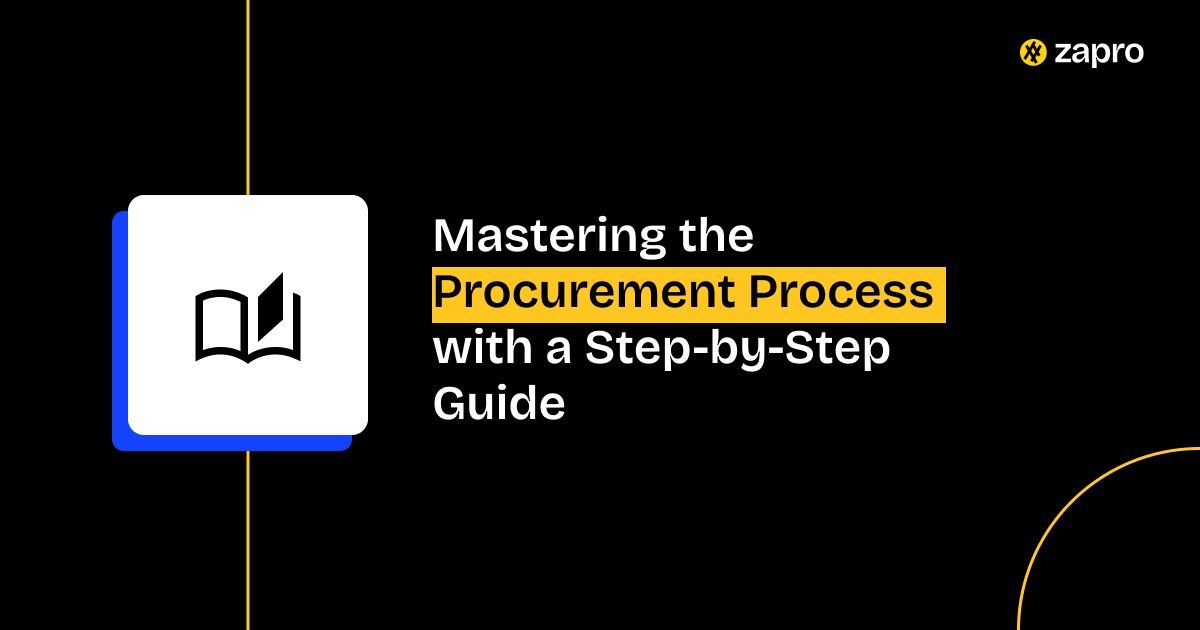
 Healthcare
Healthcare Financial Services
Financial Services Technology
Technology Venture Capitalist
Venture Capitalist Chief Procurement Officer
Chief Procurement Officer Chief Financial Officer
Chief Financial Officer